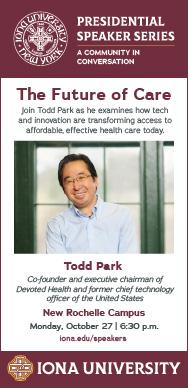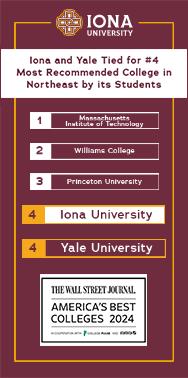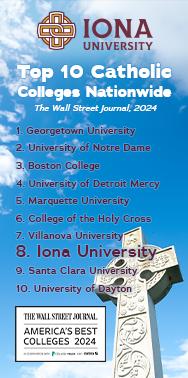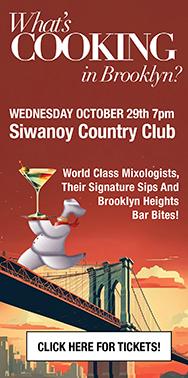Richard Magat, Man in Manhattan: A Bridge Reborn

By Richard Magat
Jul. 1, 2015: As a prime destination, Manhattan has long been crisscrossed by bridges from the "mainland" (the Bronx, Brooklyn, Queens, and New Jersey).
Commuters from Bronxville and elsewhere in Westchester are hardly conscious of barreling across railroad bridges to arrive at Grand Central Terminal. But those crossings are new relative to hundreds of other links.
The oldest, the High Bridge, between Manhattan and the Bronx, has just been reopened after a half century of disuse. The 1,450-foot-long structure, first completed in 1848, carried water through large pipes from the Croton Aqueduct system, bringing fresh water to a booming young city.
The High Bridge reopening, which cost $62 million, was attended by a marching band and florid tributes. Manhattan's borough president, Gale A. Brewer, declared, "This is almost the eighth wonder of the world. There are really no words to describe it. The opening of the High Bridge means that Manhattan will be connected to the continental United States by its one and only pedestrian bridge."
If this writer may be permitted a personal footnote, he points nostalgically to a barely noticeable crossing of the Harlem River at Fordham Road in the Bronx and 207th Street in Manhattan. It replaced an 1895 bridge that was floated downstream over the Harlem River.
It was across this short span many decades ago that he, a Bronx lad, travelled to court with his future wife, a Manhattan dweller. It was an exhausting journey by bus and trolley car, but, to put it mildly, enormously worthwhile.
The first bridge connecting to Manhattan, a primitive structure that no longer exists, spanned Spuyten Duyvil Creek ("spouting devil").
Today's majestic crossings are variously named for geographic proximity, e.g., Throggs Neck, or for historic figures, such as Henry Hudson, Alexander Hamilton, George Goethals, and Verrazano, or for Revolutionary War heroes, such as Washington, Kosciuszko, and Pulaski, or for those in memoriam, such as Robert F. Kennedy.
Whether political clubhouses get into the act, such as Ed Koch's piggybacking on the clunky Queensboro Bridge, remains to be seen.
Photo by N. Bower
Government & History Directory
Bronxville is a quaint village (one square mile) located just 16 miles north of midtown Manhattan (roughly 30 minutes on the train) and has a population of approximately 6,500. It is known as a premier community with an excellent public school (K-12) and easy access to Manhattan. Bronxville offers many amenities including an attractive business district, a hospital (Lawrence Hospital), public paddle and tennis courts, fine dining at local restaurants, two private country clubs and a community library.
While the earliest settlers of Bronxville date back to the first half of the 18th century, the history of the modern suburb of Bronxville began in 1890 when William Van Duzer Lawrence purchased a farm and commissioned the architect, William A. Bates, to design a planned community of houses for well-known artists and professionals that became a thriving art colony. This community, now called Lawrence Park, is listed on the National register of Historic Places and many of the homes still have artists’ studios. A neighborhood association within Lawrence Park called “The Hilltop Association” keeps this heritage alive with art shows and other events for neighbors.
Bronxville offers many charming neighborhoods as well as a variety of living options for residents including single family homes, town houses, cooperatives and condominiums. One of the chief benefits of living in “the village” is that your children can attend the Bronxville School.
The Bronxville postal zone (10708, known as “Bronxville PO”) includes the village of Bronxville as well as the Chester Heights section of Eastchester, parts of Tuckahoe and the Lawrence Park West, Cedar Knolls, Armour Villa and Longvale sections of Yonkers. Many of these areas have their own distinct character. For instance, the Armour Villa section has many historic homes and even has its own newsletter called “The Villa Voice” which reports on neighborhood news.
Link to Village of Bronxville One Square Mile Monthly Newsletter
Village of Bronxville Administrative Offices
337-6500
Open 9:00am - 4pm excluding holidays and weekends
Bronxville Police Department
337-0500
Open 24 hours
Bronxville Parking Violations
337-2024
Open 9:00am - 4pm excluding holidays and weekends
Bronxville Fire Deparment
793-6400


















